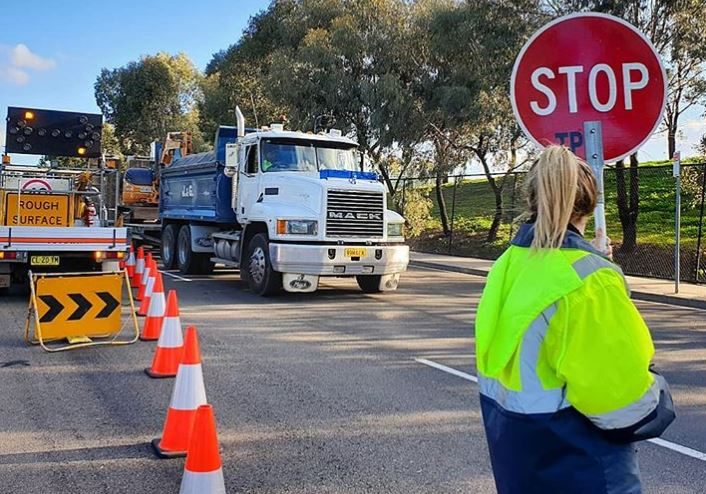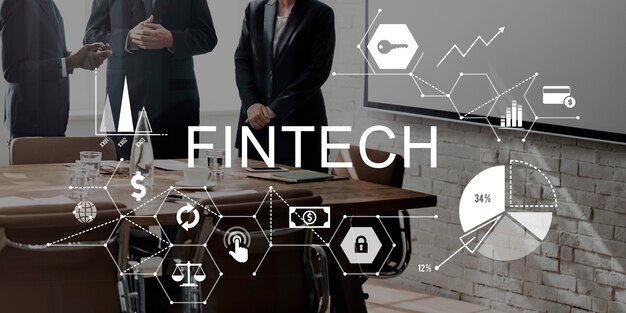The Power of Trial Graphics in Personal Injury Cases
For attorneys advocating for injured plaintiffs, our solemn duty is clear – communicate the unique facts and implications of each case as compellingly as we can, allowing juries to fully grasp the intricacies and return the fairest verdict. In today’s legal landscape, thoughtfully incorporating personalized trial graphics has become an invaluable tool for fulfilling this obligation.
More than just flashy visual aids, sophisticated animations, detailed illustrations, vivid reconstructions and interactive displays strategically enhance our arguments in critical ways. They simplify complex medical details, reinforce expert testimony, organize essential timelines, grab and hold juror attention, boost information recall, and humanize clients. When leveraged purposefully, the right visuals speak directly to jurors’ emotions and intellect, forging deeper comprehension and empathy. While strong oral advocacy remains the bedrock foundation, integrating just the right trial graphics at pivotal moments amplifies the power of arguments to connect with juries and win justice for injured clients.
Simplify Complex Medical Details
In many injury cases involving specialized medical specifics, complex anatomy, surgical procedures, and intricate mechanisms of injury, demonstrative graphics play an invaluable role in simplifying these technical details so jurors can comprehend the medical issues clearly. Detailed medical illustrations, animations of surgical techniques, and graphical overlays on medical scan images elucidate even the most complex anatomical structures and clinical treatments for layperson jurors. Ensuring jurors understand the medical factors through carefully crafted visuals provides the clarity needed for them to make informed decisions on causality and liability. Simplification through visuals levels the playing field.
Enhance Understanding of Incidents
Visual demonstrative exhibits like detailed animations, illustrated timelines, and forensic reconstructions can vividly clarify even the most complex underlying chain of events that led to the plaintiff’s incident and injuries. This enhanced understanding of liability issues is invaluable for jurors.
Boost Information Recall
Studies confirm people process more information when presented visually versus orally. Impactful graphics cement pertinent case details in jurors’ minds far better. Strategic medical illustrations, animations, and timelines of the circumstances boost accurate recall of your legal arguments. Enhancing memorability of core details through visuals can make all the difference.
Grab and Hold Juror Attention
The human brain is naturally wired to focus on compelling visual information. Integrating striking graphics and exhibits commands juror attention during arguments, keeping them engaged and focused when it matters most, which amplifies information retention.
Show Rather Than Tell
“Showing rather than telling” through sophisticated visuals enables jurors to directly experience the full implications and consequences of the legal team’s key arguments through dynamic visual storytelling that is memorable.
Clarify Essential Timelines
A detailed graphical timeline exhibit concisely organizes all the highly relevant events, factors, and milestones sequentially. This crystallizes the progression from the cause of the incident to the resulting injuries and damages for juries. Keeping intricate facts straight is key.
Reinforce Expert Testimony
Synchronizing and coordinating animations, graphics, and interactive displays with medical and technical expert testimony powerfully reinforces arguments in jurors’ minds. The combined effect is far greater than the sum of the individual parts.
Stand Out from Competitors
Incorporating visuals into legal arguments inherently differentiates your team from competitors in jurors’ minds. Jurors consistently perceive legal teams leveraging visuals as more professional, prepared, persuasive and engaging.
Summary
As advocates for injured plaintiffs, our solemn duty is to communicate each unique case compellingly so juries grasp the nuances and deliver justice. Incorporating thoughtful trial graphics has become an invaluable tool for this purpose. More than flashy visual aids, targeted animations, illustrations, reconstructions and interactive displays enhance arguments critically.







